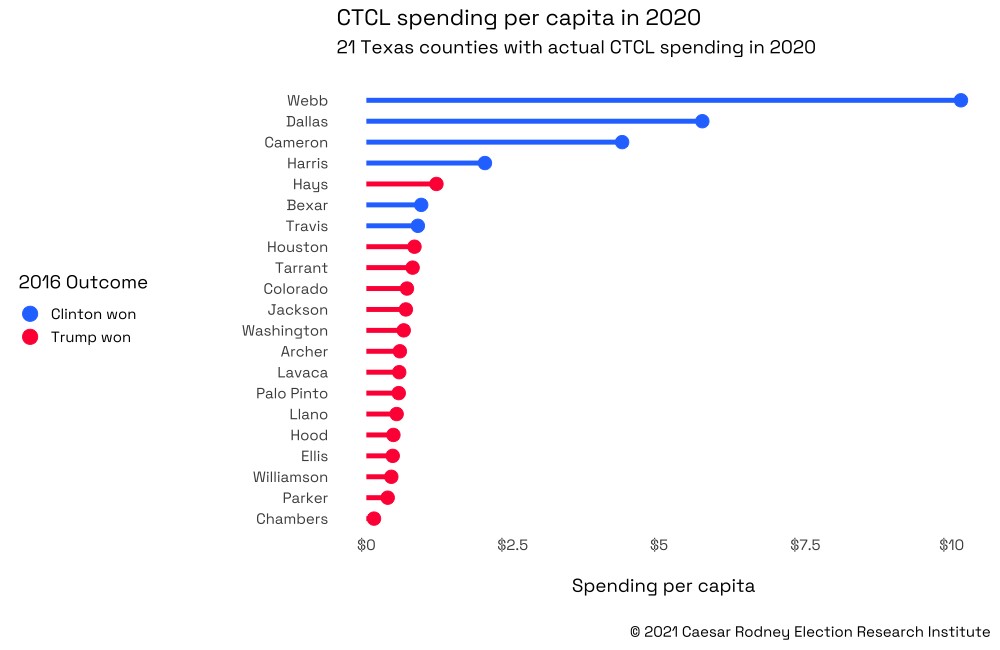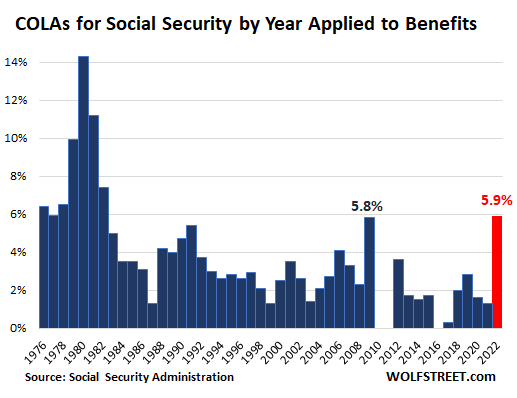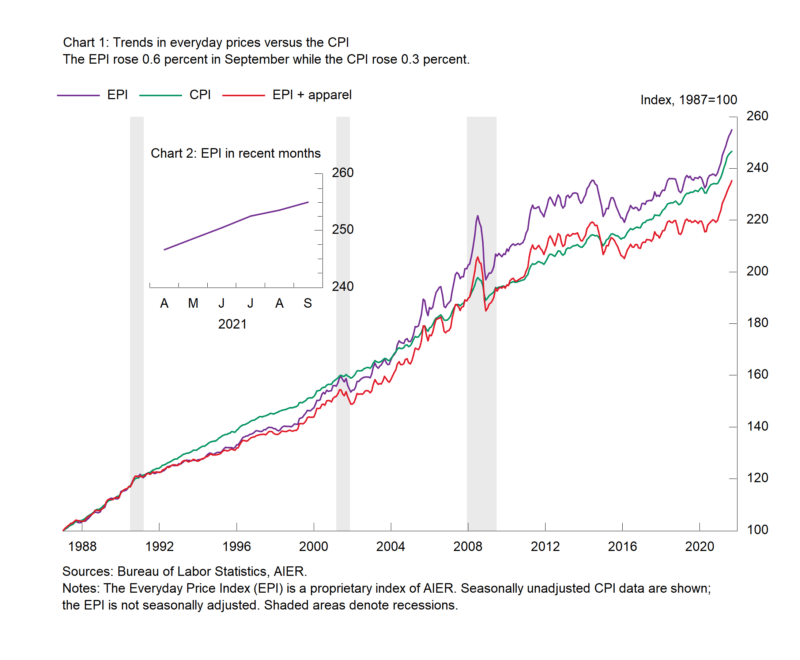The Truth About Critical Race Theory
By Bruce Bialosky
A term few of us knew of a couple of years ago has consumed a large part of the recent national debate. Critical Race Theory (CRT) has roiled America. To better understand where we are, I read simultaneously articles written by Christopher Rufo, a senior fellow at the Manhattan Institute and the main advocate against CRT, and Ibram X. Kendi, a professor at Boston University, who is one of the main advocates in favor of CRT. These two columns provided significant clarity to where we are on this issue.
Rufo’s column is Disingenuous Defenses of Critical Race Theory and Kendi’s column is There is No Debate Over Critical Race Theory.
Rufo dissects a column in the New York Times. The authors of that article assert that question of CRT being used in classrooms is a matter of free speech. Rufo makes a persuasive argument that proposed laws against CRT are attempting to level the playing field because the First Amendment is there to protect citizens from government and not government from citizens. The people arguing to curb CRT teaching in schools are attempting to limit the things the government is saying. After reading the column, there is no clear definition of what CRT is or what it is trying to accomplish in schools.
Kendi starts by stating “Republican operatives have buried the actual definition of CRT.” Instead, he states, that one of the people who helped coin the term (law professor Kimberle’ Crenshaw), stated it is “a way of looking at law’s role platforming, facilitating, producing and even insulating racial inequality in our country.” If there is anything one can get out of her definition it is that the laws in the United States have a racial taint to them. If so, then CRT is an effort to guide Congress and the legislatures across the country to analyze the existing laws and make alterations to the laws to make them equal for all parties to have opportunities. But that is not how it is being applied in most cases.
This country has enacted many laws to make matters equal for all parties. We have voting laws, we have laws against redlining, we have laws for non-discrimination in hiring, and we can go on and on. If there is a problem with any laws under this proposed definition of CRT, then the laws should be fixed.
Mr. Kendi states he is often cited as the source of CRT. He says that could not be because he was born in 1982 and CRT was created in 1981 That is wrong. CRT comes largely from Professor Derrick Bell’s work in the 1970’s with help from others such as Richard Delgado, etc. CRT did start as legal theory. That was in the 1970’s. Since then so many laws have changed to lessen any discriminatory effects that a large part of their concerns have been relieved. There may be more, but there seems to be no recognition of that fact.
The application of CRT has evolved way beyond what Kendi states. CRT is being used to address issues in our educational system. That is where the principal dispute has erupted. Instead of confronting that issue, Kendi spends the remainder of his column picking apart particular statements people have made about CRT and finding them to his disfavor which adds truly little to the discussion.
For example, in 2018, the largest public teachers’ union adopted the following “The National Education Association (NEA) believes that, in order to achieve racial and social justice, educators must acknowledge the existence of White supremacy culture as a primary root cause of institutional racism, structural racism, and White privilege. Additionally, the Association believes that the norms, standards, and organizational structures manifested in White supremacy culture perpetually exploit and oppress people of color and serve as detriments to racial justice. Further, the invisible racial benefits of White privilege, which are automatically conferred irrespective of wealth, gender, and other factors, severely limit opportunities for people of color and impede full achievement of racial and social justice. Therefore, the Association will actively advocate for social and educational strategies fostering the eradication of institutional racism and White privilege perpetuated by White supremacy culture.”
Statements like this is what people are raging about. Kendi nor any of the people who helped establish CRT like Professor Crenshaw have chimed in and said that their work is being abused for others’ political gain.
The NEA statement certainly gives us a clearer idea of what will be taught, but the NEA went even further stating they are in support of teaching CRT. This is even though the head of the second-largest public teachers’ union, Randi Weingarten, stated recently that CRT is not being taught in public schools but only in colleges. She stated there is a significant defense fund set aside to aid teachers accused of teaching it.
The NEA wants (this year) to adopt a resolution to study the effects of “empire, white supremacy, anti-Blackness, anti-Indigeneity, racism, patriarchy, cis heteropatriarchy, capitalism, ableism, [and] anthropocentrism.” Can someone translate that into understandable English? Other than this being directly in conflict with the basic mission of teaching reading, writing, and arithmetic — of which the union members have immense failings — let’s focus on the foolishness of this exercise. This inherently states they have a problem with capitalism which funds their significant salaries, their free medical care, and their government-funded extravagant pensions. Disregarding the other nonsense, do we really want teachers spending time defaming the economic system that has made this country the place where so many have achieved so much?
Is CRT a means of identifying laws that are not aimed toward treating all citizens equally and providing them equal opportunities or is it a means for public school teachers to indoctrinate students into an array of the Left’s ideologies? The advocates are not arguing for CRT, but a new acronym – DEI. DEI stands for diversity, equity, and inclusion. When someone argues they are not supporting CRT they are arguing for a program of DEI.
Just about everyone is in favor of the former (fair laws) and a justifiable battle will continue to foment over the latter (political indoctrination). All the school board meetings are about the latter not the former.
*****
This article was published on October 17, 2021, in FlashReport and is reproduced with permission from the author.






